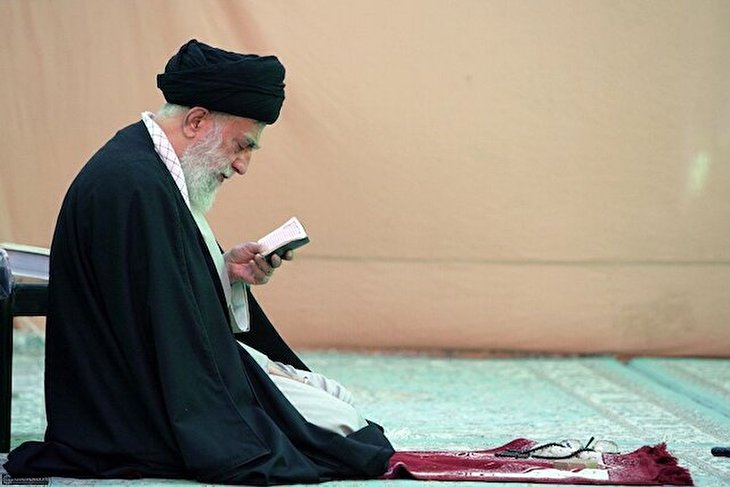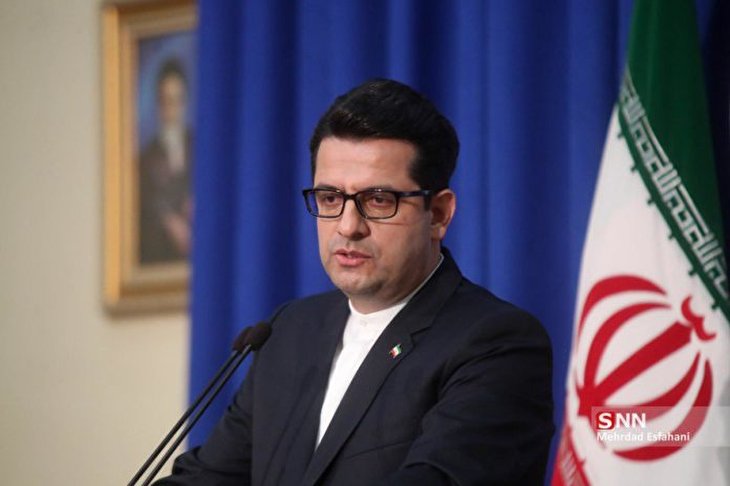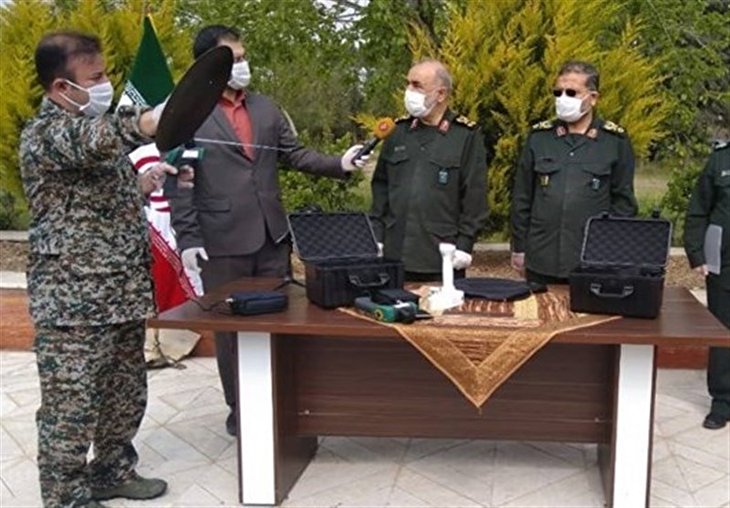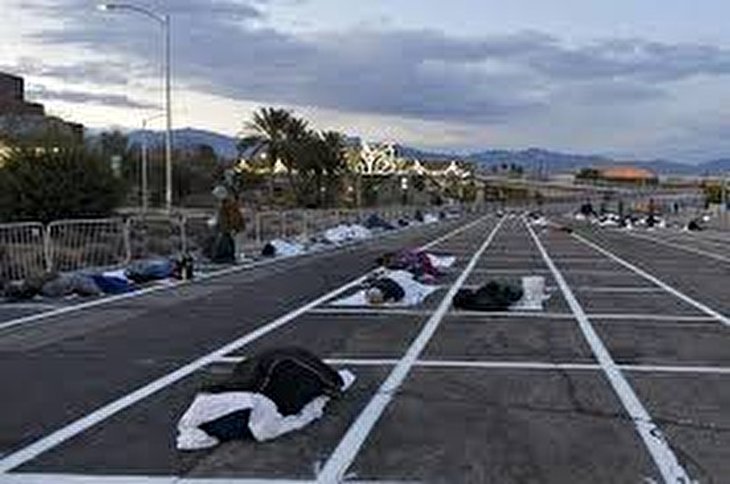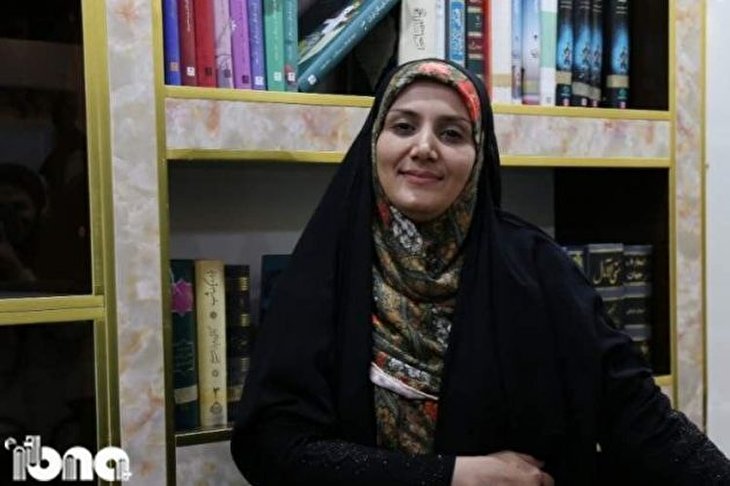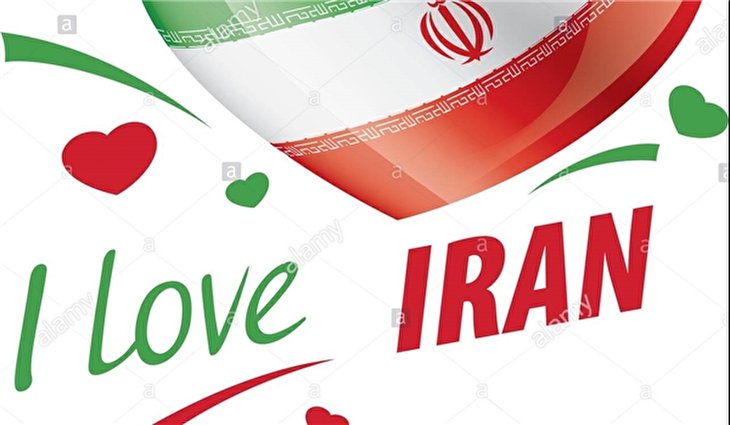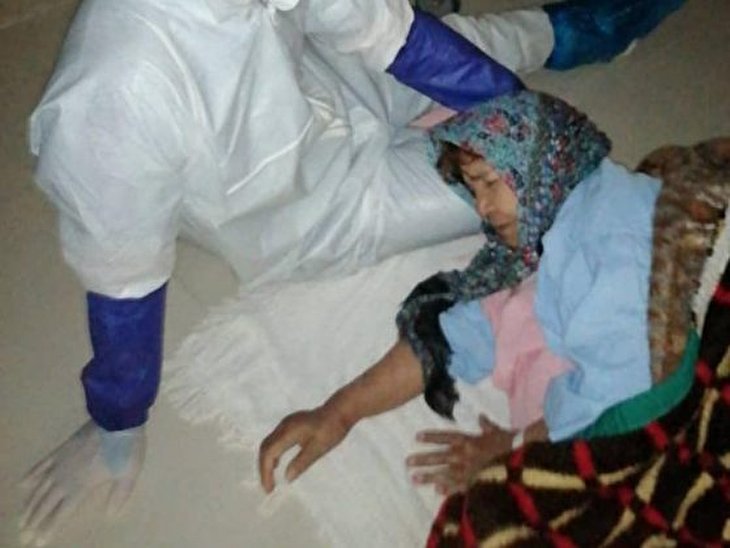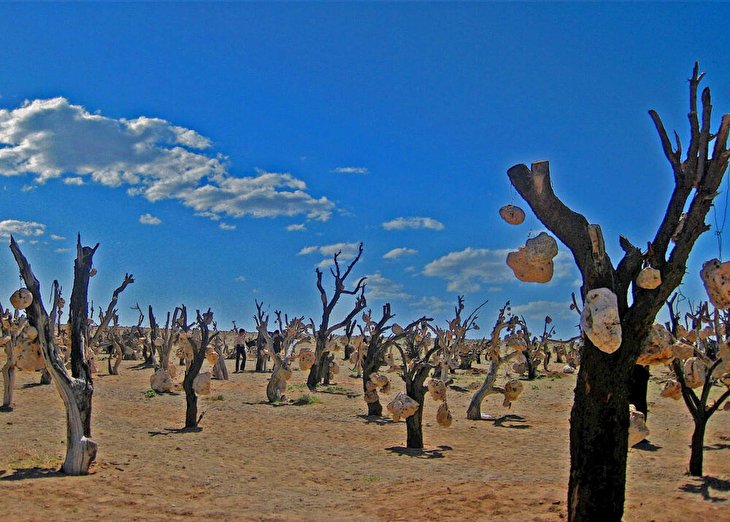
Knowledge-based technologies can decrease flood losses
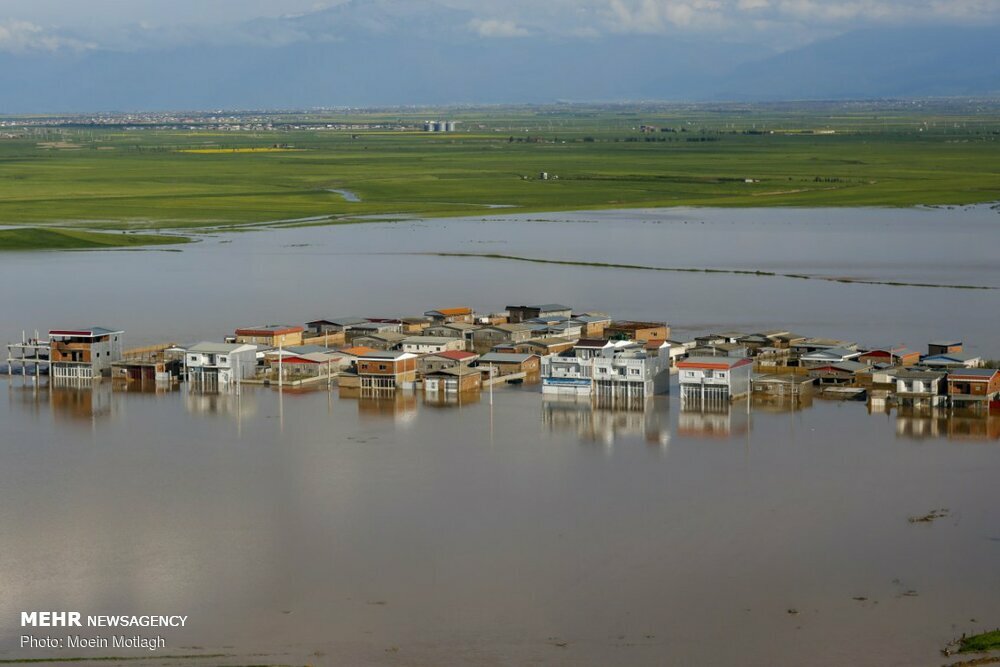
From mid-March to April 2019 widespread flash flooding affected large parts of Iran, most severely in Golestan, Fars, Khuzestan, Lorestan, and other provinces. Iran has been hit by three major waves of rain and flooding over the course of two weeks which led to flooding in at least 26 of Iran's 31 provinces according to the officials.
According to Energy Minister Reza Ardakanian recent heavy rainfalls in Iran has filled 70 percent of dams and resulted in restoration of drained wetlands across the country.
On the other hand, the heavy rainfalls destroyed many urban and rural infrastructures of water, electrics, telecommunication and transportation networks. It also caused agricultural loss. In mid-April, the Agriculture Minister Mahmoud Hojjati said Iran’s agriculture sector has suffered an economic loss of 130 trillion rials (nearly $3 billion) as a result of extreme flooding which has inundated many provinces.
The head of Technology Development Council of Water Drought, Erosion and Environment Naderqoli Ebrahimi introduced some new technologies to help people and flood-stricken regions.
Portable water filters and purifiers
Supplying purified water in flood-stricken regions is one of the main challenges after the occurrence of natural disasters.
Some knowledge-based companies manufacture portable water filters and purifier packages, which provide drinking water and water for sanitation when there is no access to public water system.
The product can meet the demands of flood stricken and decrease the usage of water bottles, which is neither economic nor environment friendly.
Tillage technology
Some fields were corrupted due to erosion caused by the recent fields. There are different methods for renovating the fields, which were destroyed.
The Iranian knowledge-based companies provide methods for tillage system in order to prepare the fields for next seeding.
Tillage that is deeper and more thorough is classified as primary, and tillage that is shallower and sometimes more selective of location is secondary.
Documenting via drones
Unmanned aerial system would be a great help in imaging and estimation of the loss and damages during the natural disasters.
Such estimations and images would be a great help to prevent future losses and control the damages.
In past two decades, the satellite imagery was great solution to monitor natural disasters. In contrast, drones can capture aerial imagery at a far higher resolution, more quickly and at much lower cost. And unlike satellites, members of the public can actually own drones.
Aerial seeding
Aerial seeding, as a technique of sowing seeds by spraying them through aerial mechanical means such as a drone, plane or helicopter, is also a great way to cultivate the saturated regions after the flood.
Besides, the aerial seeding is an effective method to reduce erosion hazards and suppress growth of invasive plant species.
Iranian knowledge-based companies have already the knowledge and equipment to meet this demand for flood stricken area.
The major advantage of aerial seeding is the efficient coverage of a large area in the least amount of time. Aerial seeding facilitates seeding in areas that otherwise would be impossible to seed with traditional methods, such as land that is too hard to reach by non-aircraft or ground conditions being far too wet.
According to data from the United Nations Office for Disaster Risk Reduction, these staggering figures are the total economic and human impact of global disasters from 2002 to 2012. With a steady growth in annual climate-related disasters, emergency management strategies are of high priority. Disaster management technologies is a must, which should be on high agenda to decrease losses in the future.
Source:TehranTimes
